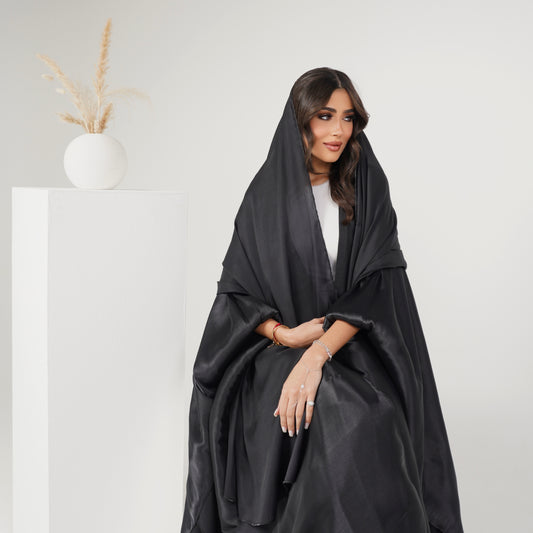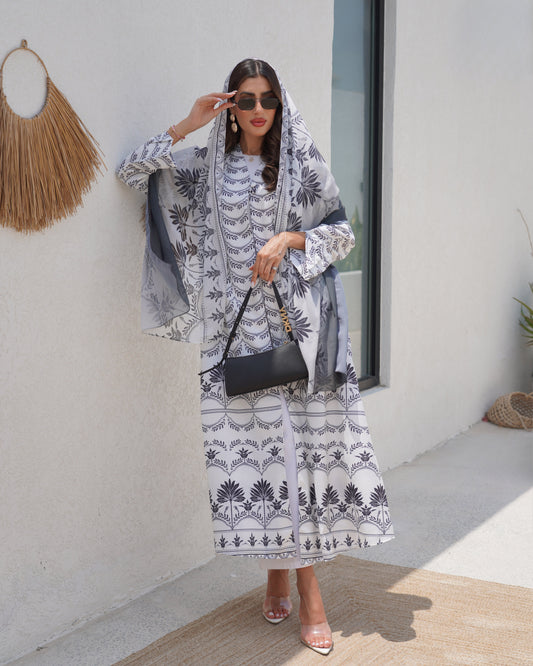
The Eternal Beauty of the Abaya: Origin and Benefits
Introduction
The word "abaya" comes from the Arabic word "aba", meaning "cloak", and is a long, loose garment worn by women in many Islamic countries and has been an essential part of traditional Islamic clothing for centuries. This modest garment not only plays an important role in the cultural identity of these regions, but also provides many benefits to the wearer. In this article, we will explore the origins and history of abayas, as well as their various benefits. You can shop best arabic abayas in UAE at Elita Abayas

Origins of Abayas
The idea of wearing long dresses for modesty is not unique to Islam; Many religions and cultures have practiced similar customs throughout history. However, the term "abaya" specifically refers to the traditional Arabic dresses worn by women of Saudi Arabia and other Gulf countries since ancient times. The origins of the abaya date back to pre-Islamic Arabia, when Bedouin tribes used simple clothing made from animal skins or fabrics to protect themselves from the harsh conditions of the desert.
As Islam spread across the Arabian Peninsula, the concept of modesty and body covering became an integral part of Islamic teachings. Prophet Muhammad (PBUH) emphasized the importance of dressing modestly to protect oneself from temptation and maintain personal dignity. This led to the development of various abaya styles that were not only practical but also in keeping with the principles of Islam.
Abaya Styles and Materials
Over time, abayas have evolved into numerous designs and materials, catering to both traditional and modern tastes. Some common styles include:


Benefits of Wearing Abayas
2. Protection from the elements: The long length of abayas provides protection against sunburn, wind, dust, and cold temperatures, making them ideal attire for countries with extreme climates like Saudi Arabia.
3. Versatility: Abayas can be dressed up or down depending on the occasion, allowing wearers to maintain their modesty while still expressing their personal style.
4. Cultural identity: Wearing an abaya connects women to their cultural heritage and helps preserve traditional values within their communities.
5. Empowerment: By choosing to wear an abaya, Muslim women can take pride in adhering to their religious beliefs and showcase their strength through modesty.



















